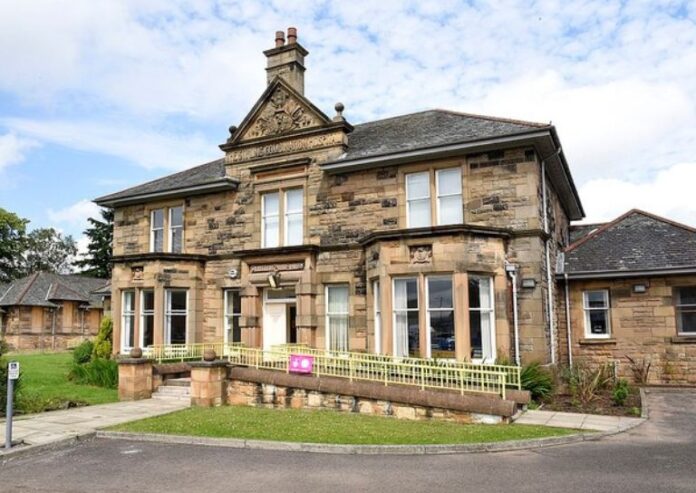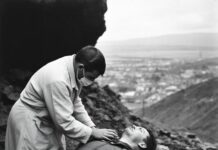Kildean Hospital was originally built as an infectious diseases hospital at a time when an outbreak of the Bubonic Plague in Glasgow and Smallpox in Stirling were reported, hence its once relatively rural and isolated location some distance from Stirling and close to the River Forth. Foundations were laid in 1901 according to the architectural plans of Ebeneezer Simpson from Stirling.
The hospital opened in 1904 to serve the communities of Stirling, Bridge of Allan, Dunblane, Doune, and Callander
Similar to the plans for Camelon and Milton of Campsie hospitals, Kildean featured a two-level, domestic-style central section that housed the administrative offices and it also introduced the novel feature of sunrooms for the patients.
When demand for smaller infectious disease units fell it became a geriatric unit and was later housed administrative offices for NHS Forth Valley staff. Despite the loss of three of its original buildings to demolition, the former Kildean Combination Hospital remains a prime example of an infectious diseases hospital from the early 19th century.
Today the building offers small offices to rent for third sector organisations and it’s even pet friendly! It’s good to see buildings which are so important to local history are finding a new lease of life although its original purpose and name remains preserved in a stone engraving on the front of the building.







